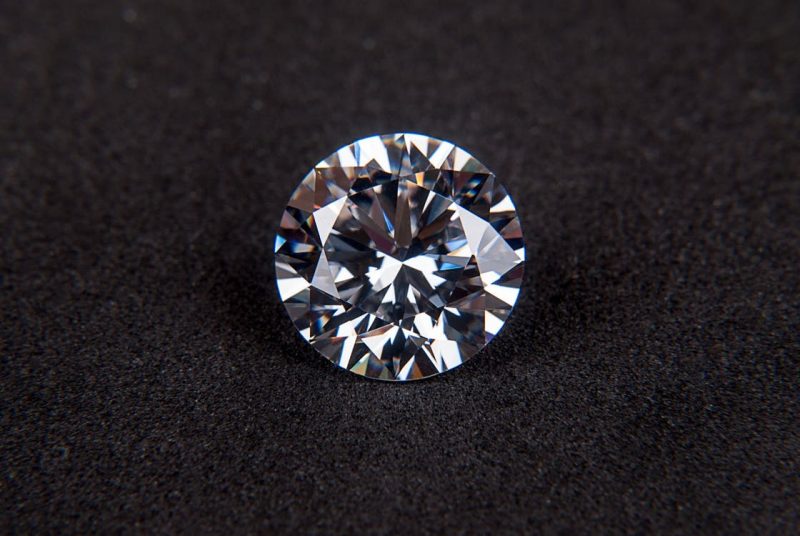How Diamonds are Made, the Natural and Unnatural History
Diamonds are forever, as the slogan goes, but those precious stones have to start somewhere, right? They are the hardest of all gemstone, and that hardness comes from the intense environment they are created in. Previously we have talked about what is important in buying a diamond but how do they get to that point? This time on the blog, we are looking at how diamonds are made, from the depths of the planet to in high tech labs across the globe.
How Diamonds Are Made – Natural
Natural diamonds occur in very precise conditions. Carbon needs to be put under intense pressure but at a relatively low temperature. This environment is found at only two places on Earth, in the lithospheric mantle (the top two layers of the Earth, the crust and outer mantle) under stable continental plates- oh and at the site of meteor impacts! How cool is that?!
Deep in the earth, about 90 to 120 miles deep in fact, the conditions of pressure and temperature are met and diamonds can be made. These old, stable areas of lithosphere are known as cratons, and it is here that the diamond process begins.
Diamonds are made up of two kinds of carbon, inorganic and organic. The kind of organic carbon-based diamonds are from dead matter that has been subsumed deep into the earth. Because of the amount of time it would take for something like that to occur, diamonds made of organic based carbon can be as old as ¾ the age of the planet! Inorganic is much more common and younger. The carbon is heat and pressured til it forms into the diamond structure, most commonly in with sharp, recognizable faces as rounded octahedrons.
If the diamond is made deep in the earth then how are they mined? Certainly, we don’t dig 90 miles into the earth to get them, right? Right. Rock loaded with diamond is moved from the mantle through the Earth through volcanic eruptions. These volcanos eventually age, cool, and the diamond rich rock, brought closer to the surface, becomes minable.
Despite what you may have heard, diamonds are not formed from coal. Most diamonds, more than 99% in fact, are formed by those conditions deep in the Earth, that 90 – 120-mile window. Coal rarely gets deeper than 2 miles.
Space Rocks!
Some diamonds are not even formed on Earth, but in fact on ancient meteorites. These, called carbonado, are deposited around in Africa and South America, distributed by the impact – not formed by it.
The impact of meteors can create the specific pressure and temperature necessary for diamond creation, though these are typically very small.
How Diamonds Are Made – In the Lab
Diamonds can be manufactured in labs in a variety of ways. The first and most common, is a recreating those natural requirements of high pressure and high temperature (shortened to HPHT). Of the methods, this is the lowest cost (relatively). It uses huge presses that are capable of replicating the pressures and heat necessary.
Other methods include chemical vapor deposition, explosive detonations, and ultrasound cavitation. The latter two are useful only in making tiny diamonds while chemical vapor deposition can be used to make large areas of diamond. The HPHT method sees the widest use in industrial applications.
Now you know how diamonds are made, but how do you get them on your finger? Simple! Contact us and we can get you custom jewelry to bring that sparkle to you.



